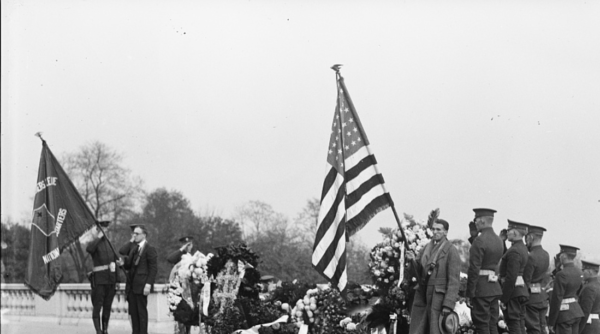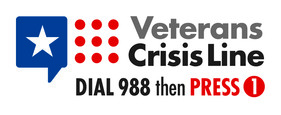
Armistice Day in 1922 (Photo: Harris & Ewing, Library of Congress)
Since the mid-1950s, save for a few years between 1968–1975 when Veterans Day was briefly moved to the fourth Monday in October, every Nov. 11 has honored veterans who have served in the U.S. Military, both in peacetime and in times of war.
However, this was not always so, and the day that now honors all veterans was once reserved for observing one of America’s — and the world’s — deadliest and most destructive conflicts.
How Veterans Day Came to Be
Before 1954, Nov. 11 was officially known as Armistice Day, a moniker much of the rest of the world still celebrates as the anniversary of the unofficial end of World War I. As the infamous saying goes, the Great War ended on the “11th hour of the 11th day of the 11th month” with an armistice that wouldn’t be formalized until the Treaty of Versailles was signed in 1919.
Only a few years later, in 1926, Armistice Day was officially recognized as a holiday in the United States by Congress, but the Treaty of Versailles would have an indirect impact on the holiday decades later. Unbeknownst to the participants who signed the treaty then, many today consider it to be one of the most prominent triggers for events that would eventually lead to World War II.
It wasn’t until surviving veterans of that war, along with those who served in the Korean War, met with Congress to change Armistice Day to instead honor veterans of all U.S. wars, not just those who served during the Great War. Congress passed the bill and President Dwight D. Eisenhower signed it into law on June 1, 1954, officially creating Veterans Day.
Veterans Day Today
Today, Veterans Day honors all veterans, and unofficially, active duty servicemembers and reservists as well. To learn about more veterans and military holidays, click here.












